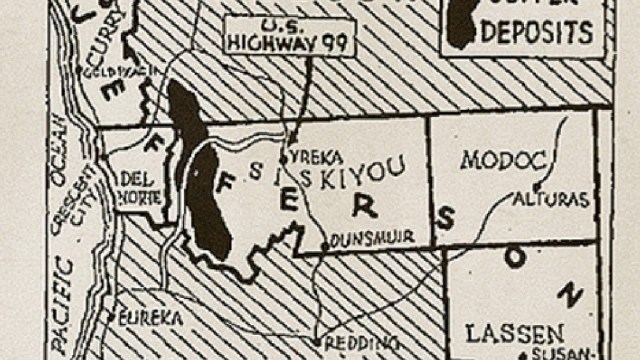464 – The Netherlands, On A First-Name Basis
Key Takeaways
- Take the yellow zone, for instance. This region is dominated by short names, two syllables but preferably less, like Bart and Tim for boys, and Anne and Lisa for girls. Geographically, the short-name region is remarkably contiguous, occupying the eastern half of the province of Northern Brabant, the northern half of the province of Limburg (that dangly bit down south), extending north into the areas where the provinces of Gelderland and Overijssel border Germany.
- Salmon-coloured areas (i.e. the extreme south of Limburg, as well as Zeelandic Flanders and areas in North and South Holland provinces), remarkably non-contiguous, are dominated by ‘international’ names, such as Linda and Melissa for girls and Dennis and Kevin for boys.
- The light-blue area corresponds remarkably well to the province of Friesland, in which Dutch shares official status with the local native language. Frisian, the closest living relative of English, boasts an idiosyncratic set of given names (like Nynke for girls or Eelco for boys) that have become somewhat fashionable outside of Frisia, but still nowhere as dominant as in the local landscape.
- The smallest and most scattered areas are the black ones, as these are the urban areas where immigrant communities tend to congregate. In these zones, first names of a ‘non-native’ (**) origin dominate (i.e. Arabic/Muslim names like Muhammad, in many urban areas the most popular name for baby boys, but also Turkish names like Ahmet, the Turkish version of the Arabic male name Ahmed, or Belgin, a girls’ name and the Turkish word for “clear”).
- In spite of its reputation for moral laissez-faire, the Netherlands also has a Bible Belt – a mainly rural area where Christian fundamentalism remains an important element in the public sphere. These areas practise their traditionalism also with respect to name-giving. Traditional names dominate, whether in their original Latin form (dark green; e.g. Martinus for boys, Margaretha for girls) or in their Dutch form (medium green; e.g. Jan for boys, Grietje for girls).
- The blue areas, dominant in the north-east of the country, denote places where ‘pre-modern’ given names, popular elsewhere decades ago, remain current; names like Suzanne and Eline for girls, Jeroen and Wouter for boys. These areas, mainly the provinces of Groningen, Drenthe and Overijssel, could be said to be a bit ‘behind the times’.
- Red areas would seem to coincide with affluence (or at least elitism), for the first names prevalent here are associated with socio-culturally prominent groups. These names, prominent in and around Amsterdam, The Hague, Utrecht and Haarlem among other places, are often Old Testament-y (Daniel, Sarah) come from nature (Luna), or might be French (Stéphanie, Olivier).
- Purple areas, prevalent in the southwest, are dominated by ‘foreign’ names in a traditionally Latin pattern (Maria, Johannes) and the lightest green areas, scattered in the centre and northeast, by traditional Dutch patterns of pre-modern names. (Linda, Mark).
n
.
n
“And if I ever have a son, I think I’m gonna name him…
n
Bill or George! Anything but Sue! I still hate that name!”
n
(Johnny Cash: A Boy Named Sue)
n
.
n
For many parents-in-waiting, finding the right name for the baby is quite a struggle. Not only because that given name may reveal much about the social circumstances, religious background and cultural preferences of the name-givers, but also and more crucially, because it may determine the way society will view the name-bearer, and even how that future grown-up will view her- or himself.
n
.
n
Mr Cash (*) wasn’t wrong: when injudiciously implemented, given names can be a curse rather than a blessing. Add to that the unpredictable horror of historical happenstance: suppose your parents named you, just before the other one rose to power, Adolf ? And one can appreciate the amount of soul-searching that predates the birth of each new Hecate, or Barack, or Gwyneth, or Pierre-Yves.
n
.
n
Regional differences are another determinant factor in onomastics, at least they are in the Netherlands. According to this map, there is a remarkable degree of correlation between certain types of given names, and certain regions in the Netherlands.
n
.
n
nn
n
In conclusion, a word on the data and methodology used for this map. The researchers compiled the 177,000 different names given to the 4.2 million children born between 1983 and 2007, and were able to link these statistics to data relating to the place of birth and even the level of income of the parents. In spite of the large variance in given names, 76% of all children were covered by no more than 2,700 names. The different areas of this map were established by examining meaningful clustering between different types of names.
n
.
n
Many thanks to Maarten Pullen for alerting me to the map, found here on Kennislink.
n
.
n
.
n
(*) Johnny to his fans, J.R. to his family and friends.
n
.
n
(**) the Dutch social term ‘allochtoon’ (Greek in origin), literally means ‘originating in a different place from where it is found’ is often used to define the large muslim migrant communities in the Netherlands, and finds its opposite in the term ‘autochtoon’ (i.e. ‘native’ Dutch).
n
.
n
.
n






